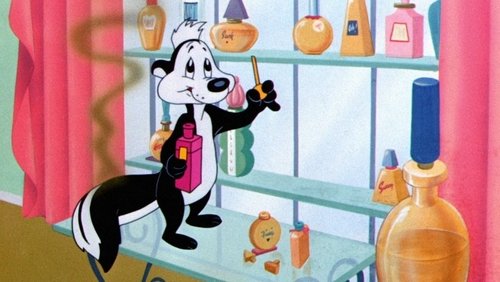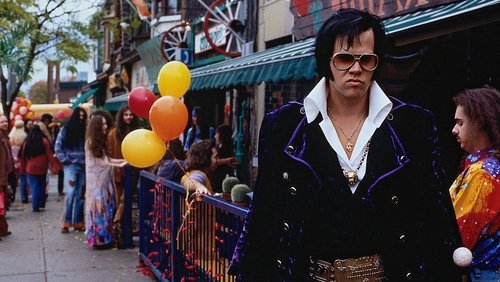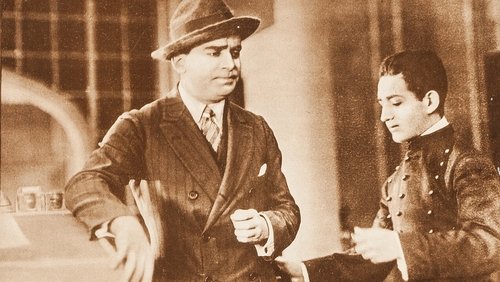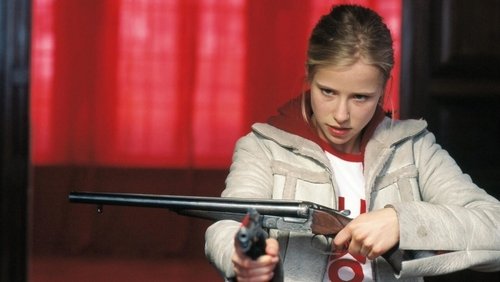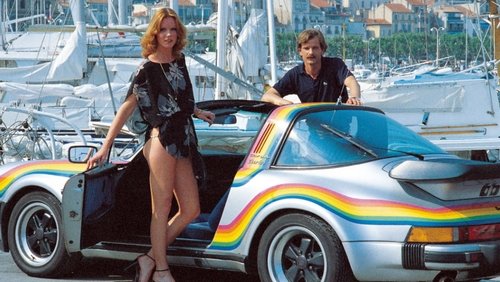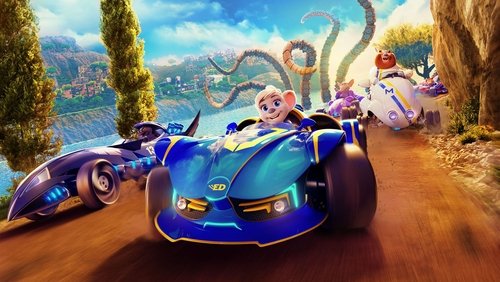Crimes of the Future (1970)
69KCrimes of the Future: Directed by David Cronenberg. With Ronald Mlodzik, Jon Lidolt, Tania Zolty, Paul Mulholland. Crimes of the Future details the wanderings of Tripod (Mlodzik), sometime director of a dermatological clinic called the House of Skin, who is searching for his mentor, the mad dermatologist Antoine Rouge. Rouge has disappeared following a catastrophic plague resulting from cosmetic products, which has killed the entire population of sexually mature women. Tripod joins a succession of organisations including Metaphysical Import-Export and the Oceanic Podiatry Group, and meets various individuals and groups of men who are trying to adjust themselves to a defeminized world. One man parodies childbirth by continually growing new organs which are removed from his body. Eventually Tripod comes upon a group of paedophiles which is holding a 5 year-old girl, and they urge him to mate with her. He senses the presence of Antoine Rouge.
“Aaron Tripod is studying a patient at a clinic that can emit a chocolate like substance from his body, which people become compelled to eat. This occurred after nearly all the woman on earth died from a poisonous cosmetic. After the patient disappears Aaron moves onto another clinic where there are more people of that type being used by doctor for his own purposes and thereu0026#39;s a secret lurking in the facility that can change the fate of this outcome.u003cbr/u003eu003cbr/u003eJust like the film before this: u0026quot;Stereou0026quot;, Cronenberg comes up with another experimental, art-film that combines his interest in literature and science. Especially that of the human body and sexual chemistry, where science tries to manipulate the genetic makeup somehow. On this particular film the style and storyu0026#39;s context are very similar to u0026quot;Stereou0026quot; with most of the cast and crew returning for this project. I actually found this one to be slightly better and one incredibly bizarre trip compared to his previous film. But for this experience you have to be in the right frame of mind thatu0026#39;s for sure, as this one too goes for an hour, but there are many padded scenes with many slow stretches. But for me it didnu0026#39;t seem to drag that much. Again thereu0026#39;s no dialogues, but there are some odd sound effects worked into the picture that sound like something out of nature (bird cries, ocean waves and even a sound like someone is blowing bubbles). This gave the film such a real anxiety, but at times it did get a bit overbearing. Also you got a fitting narration thatu0026#39;s gives out an mildly stimulating outlook and provides at times a coherent plot device. This could be because a plethora of characters spring out and then suddenly disappear which makes the story rather uneven, as it changes course quite a bit. The static voice over is not as frequent here, but itu0026#39;s the actions and faces that mostly tell the story. Now the look of the film is where Cronenberg was at his best here and the budget was a tad higher for this outing, since now this one was shot in colour and production was of high quality with what he had to work with. Great use of composition and lighting, while the strong shapes in the background features added a huge imprint. Plus there was always little things going in the foreground that you catch a glimpse of. The film sustains a bare atmosphere, which has a emotionless, post-apocalyptic feel where everything is beyond redemption. The offbeat environment is filled with many surprises and the hypnotic images just flood the screen. The haunting conclusion stages one thatu0026#39;s hard to forget. The camera-work here gives the film a third perspective and builds on the groundwork very well. Ronald Mlodziku0026#39;s performance as Aaron Tripod is rather good and his expresses his actions in a clear and concise way. Cronenberg has come up with an far more accomplished effort on this occasion.u003cbr/u003eu003cbr/u003eThis excursion I found strangely fascinating as you can easily see this as a stepping stool for Cronenberg to iron out those creases for future projects. Heu0026#39;s obsession on the evolutionary process where sex and disease is controlled by science makes his work so unique. Again just like what I said on u0026quot;Stereou0026quot;, if youu0026#39;re looking for some entertainment, look elsewhere. But if you want to see the where the clinical influence and cold style for his most assessable work came from, thereu0026#39;s no better place to start than here.”
